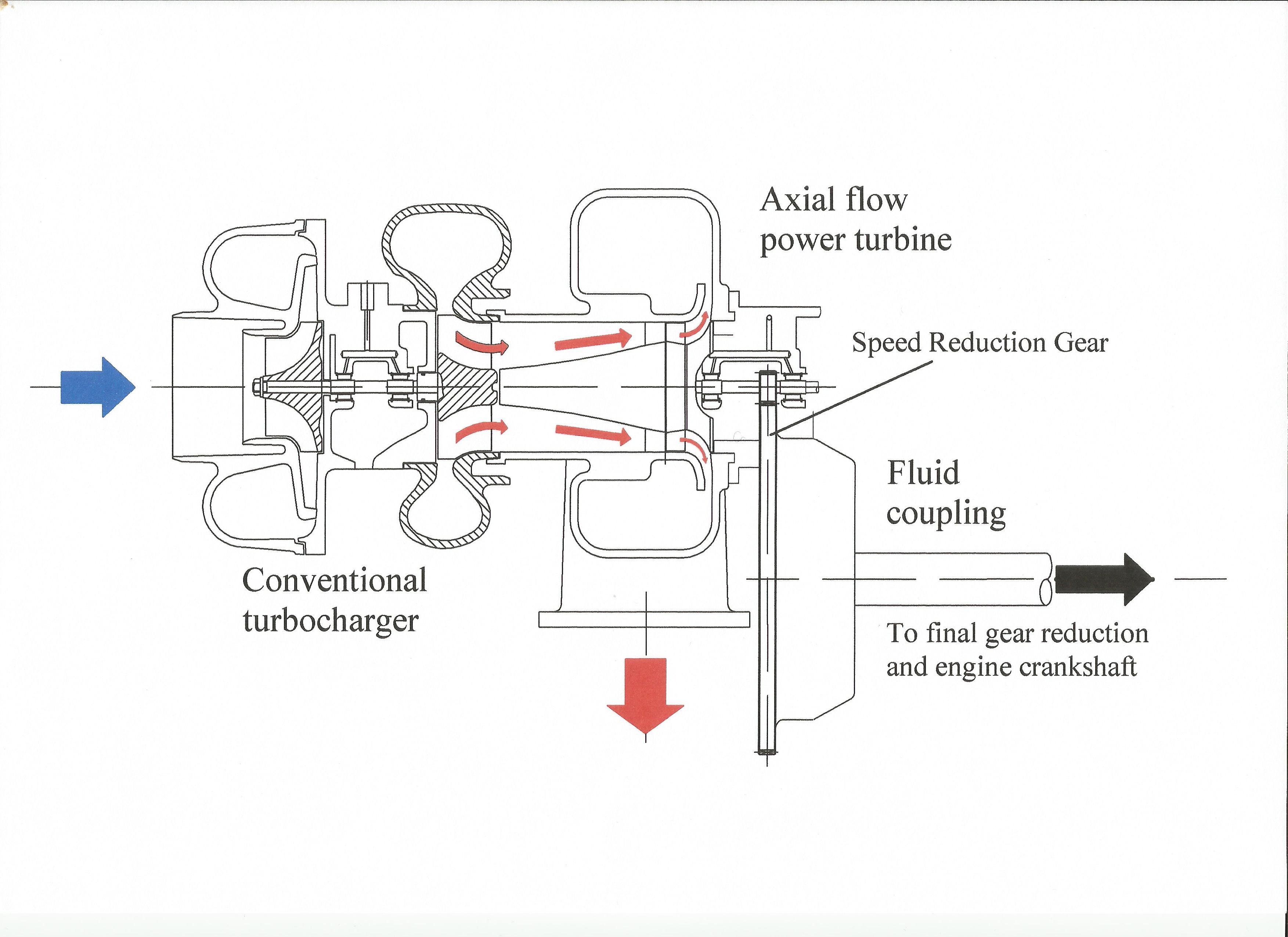The exhaust heat exchanger
As a power unit engineer intent on extracting the maximum amount of power and fuel efficiency from a given volume of fossil fuel, without wishing to contradict Newton’s Second Law of Thermodynamics, the fact that any heat rejected is an admission of personal failure. In thermodynamic-speak, ‘heat’ equates to ‘work’, and in rejecting it to the coolant or exhaust gas the opportunity for more ‘work’ (and for that substitute ‘power’) is lost. Although we can never extract an equivalent amount of ‘work’ to that put in as ‘heat’, an engine that rejects too much heat to the coolant jacket or exhaust gas is classed as inefficient and not as powerful or fuel-efficient as perhaps it could be.
Efficient combustion is obviously the main aim in most engine designs, and with a third of the heat energy going to the coolant jacket and roughly another third rejected to the exhaust gas there is still quite some way to go. Little wonder therefore that people are increasingly interested in extracting the heat from the exhaust gas or engine coolant in other ways, rather than dissipating the heat into the atmosphere, as we do now.
The most popular way of ‘harvesting’ this heat is nothing new. A traditional turbocharger expands the exhaust through the turbine and uses the work produced to compress the intake charge. Nevertheless, as the exhaust gas leaves the turbine wheel there is still more of this ‘waste’ heat to be recovered. Sending this gas through yet another turbine and expanding it still further, and then feeding the power generated back into the driveline, should in theory at least produce performance or fuel economy benefits – and, if you like, is in effect another form of ‘heat’ exchange. But while the idea is simple, the issues associated with turbocompounding are not without difficulty.
The greatest issue perhaps is to ensure that the pressure drop in the exhaust system does not adversely affect overall engine performance by increasing engine pumping losses. In creating an additional obstruction in the exhaust system, the pressure upstream at the exhaust port is likely to be increased. This will affect the expansion of the gases through the primary turbine, which in turn can affect the intake pressure out of the compressor, reducing engine performance to the detriment of efficiency. Carefully matching both the primary and power turbines to the application is therefore critical.
While clearly there is much work involved in specifying the turbines, there are many other aspects of the installation to be covered.
Protecting the turbine blades of a turbine wheel travelling at 150,000-plus rpm from the ravaging effect of the torsional vibrations of the driveshaft in a reciprocating engine that’s doing only 5% of the wheel’s speed is an absolute necessity. This can be taken care of by using either long quill shafts or, more commonly these days, some kind of fluid coupling. Excited by the inherent dynamics of a four-stroke engine, the power turbine loading is best introduced at a ‘quiet’ place in the driveline, more usually at the flywheel end of the crankshaft.
An increasingly attractive approach, however, is to power an electrical generator feeding the power back into a battery or supercapacitor device. This has the added advantage of being able to control the turbine speed to run at its best efficiency by varying the torque generated through that generator. Secondary turbines can optionally be used to power engines auxiliaries – water pumps and alternators, for instance – and save valuable engine power this way
It may not be everyone’s definition of a heat exchanger, but as a way of increasing raw engine performance – or, more importantly these days, engine fuel efficiency – it no longer can be ignored.
 Fig. 1 - Turbocompound general arrangement
Fig. 1 - Turbocompound general arrangement
Written by John Coxon